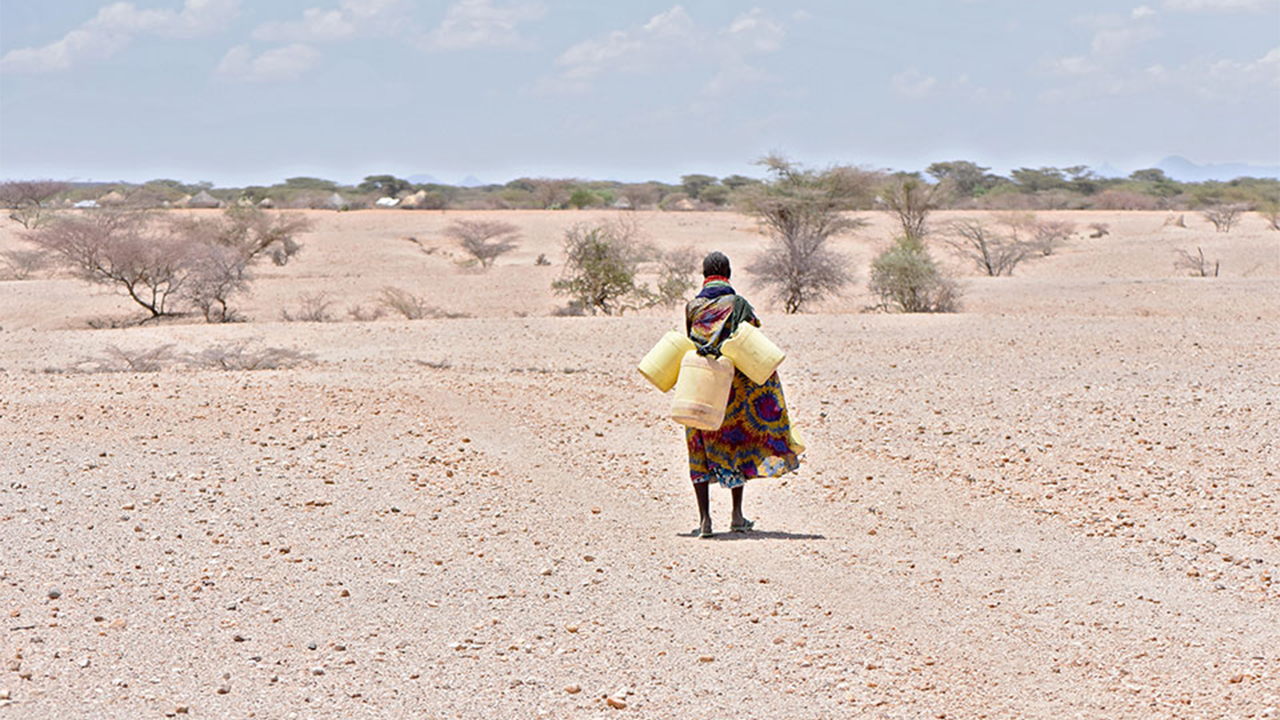In the era where climate change has posed greater concern, gender coupled with the climate crisis, indeed presents a significant challenge globally. This combination threatens the well-being, livelihoods, and security of women and girls worldwide.
Across the world, women are more dependent on natural resources but often have less access to them. In many regions, women bear a disproportionate responsibility for securing essentials like food, water, and fuel. Agriculture stands out as the most crucial sector of employment for women in low- and lower-middle-income countries.
It is predicted that by 2050, climate change will drive up to 158 million more women and girls into poverty and result in 236 million more women experiencing hunger. The climate crisis exacerbates escalating conflict and forced migration, occurring within a context of exclusionary, anti-rights political rhetoric that targets women, refugees, and other marginalized groups.
When disasters occur, women are less likely to survive and more likely to sustain injuries. This disparity stems from long-standing gender inequalities that have resulted in differences in access to information, mobility, decision-making power, and resources and training. After disasters, women and girls often struggle to access relief and assistance, which further jeopardizes their livelihoods, well-being, and recovery.
Face challenges in leaving areas vulnerable
Women face challenges in leaving areas vulnerable to climate change and natural disasters due to their caregiving responsibilities, limited financial assets, and restricted rights to land and property. When they are able to leave, women and girls often encounter increased risks of unemployment, child marriage, human trafficking, and gender-based violence.
Higher health risks from climate change
Climate change poses a threat to reproductive and maternal health. Rising temperatures, changes in rainfall patterns, and increased humidity create favorable environments for the spread of vector-borne diseases such as malaria, dengue fever, and Zika virus. These diseases can lead to complications during pregnancy, including miscarriages, premature birth, and anemia among pregnant women.
Besides, the reports revealed that, girls and women who are highly vulnerable to food insecurity are more likely to be affected by the extreme weather events and experience mental health impacts posed by climate change.
Women are often excluded from climate change decision-making.
Despite the clear benefits of women’s involvement in climate movements and their role as environmental defenders, men occupy 67% of climate-related decision-making positions. Women’s representation in national and global climate negotiation bodies is still below 30%. For effective responses to the climate crisis that consider women’s unique needs and rights, women’s leadership and full participation in the climate movement are crucial.
Women and girls are disproportionately affected by climate change globally, but the impacts are not uniform. Through an intersectional feminist lens, which considers how different forms of inequality intersect and worsen each other, it’s evident that climate change risks are particularly acute for older women, LGBTIQ+ individuals, women and girls with disabilities, migrant women, and those living in rural, remote, conflict-affected, and disaster-prone areas.
The intersection of climate change and gender equality is rightfully receiving renewed attention internationally. It is crucial to maintain this momentum and advocate for greater recognition, participation, and funding for girls and women in the global climate action movement.








